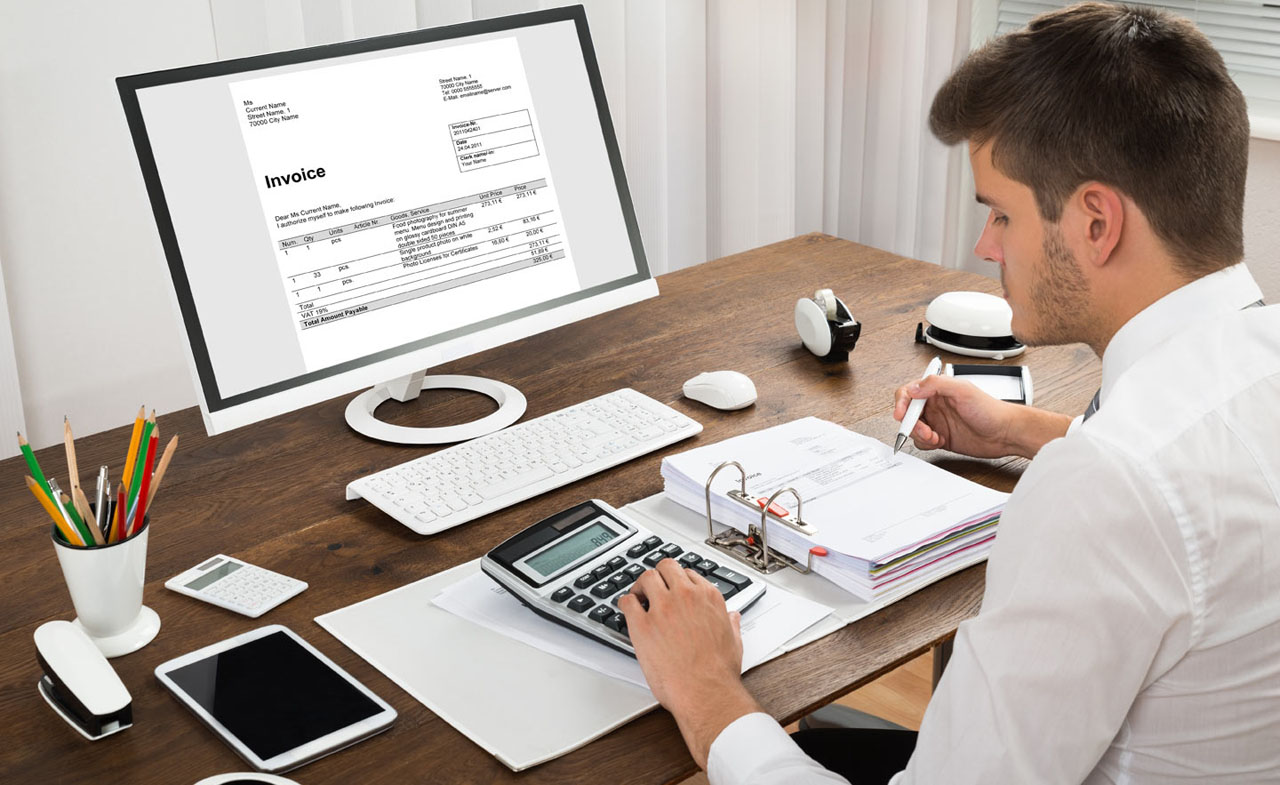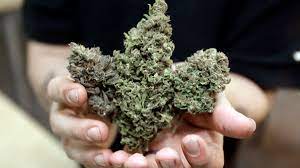
The Role of Polypropylene Recycling in Reducing Plastic Waste
Polypropylene (PP) is a versatile polymer that is widely used in packaging, automotive parts as well as textiles and other. Because of its widespread use, knowing what it takes to recycle PP is essential to decreasing environmental impact and encouraging sustainable practices. Here’s a comprehensive guide to PP recycle.
What is Polypropylene?
Polypropylene is a thermoplastic polymer known for its strength as well as chemical resistance and flexibility. It is often used in food containers, bottle caps and other household products. Despite its wide usage, polypropylene is not often recycled than other materials like PET (polyethylene Terephthalate) and HDPE (high-density polyethylene).
Why Recycle Polypropylene?
Recycling polypropylene reduces the environmental impact of plastic waste. PP takes several hundred years to degrade in landfills, which contributes to pollution and resource depletion. Through recycling PP, we can conserve natural resources, reduce greenhouse gas emissions and minimize garbage.
How is Polypropylene Recycled?
Collection and Sorting: PP items are collected through curbside recycling programs or drop-off centers. The first step in recycling is sorting, in which PP can be separated from different kinds of plastics. This is essential because mixing different types of plastics can cause contamination in the recycling process.
Cleaning and Shredding: Once sorted, PP materials are cleaned to remove any food residue or labels. Following cleaning, the material is shredded into small pieces, making it simpler to process.
Explosion and Pelletization: shreds of PP is then melted and extruded through a die to form long lengths of. The strands are then cooled before being separated into smaller pellets. These pellets can be used as raw materials for the production of innovative PP products.
Production of New Product: Recycled PP pellets are used to make many new products, such as automotive components, furniture for the garden, or construction products. This closed-loop method reduces the need for virgin plastic manufacturing and decreases the overall impact on our environment.
Challenges in PP Recycling
Despite its advantages, PP recycling faces challenges. The most significant issue is the absence of infrastructure and facilities designed specifically for PP recycling. Furthermore, PP can be contaminated by other materials, which can complicate the process of recycling. There is also a need for better technology to improve the effectiveness and quality recycling of PP.
The Future of PP Recycling
Future prospects for PP Recycling looks bright with advancements in technology and growing awareness of environmental concerns. Technologies like chemical recycling that breaks down PP into its monomers for reuse, could greatly increase recycling rates and efficiency.
In conclusion, although PP recycling is not without its challenges however, it is an essential aspect of tackling the problem of the plastic waste. By understanding and assisting recycling efforts, we can make a difference to a more sustainable future.


